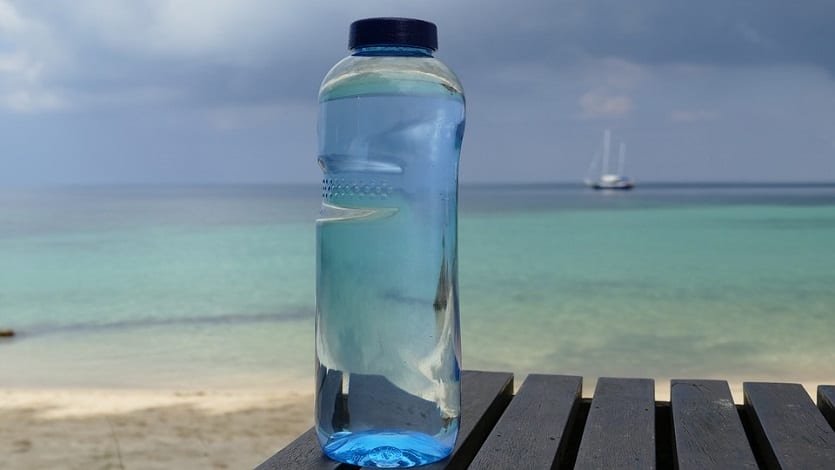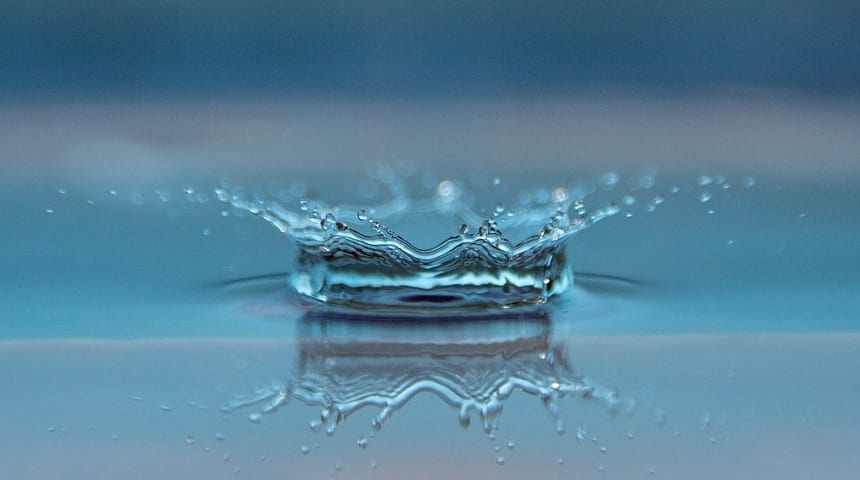
Unique solar energy device can transform seawater into fresh drinking water
December 19, 2018Researcher discover a way to use solar energy to desalinate seawater in a sustainable and cheap way.
A sustainable and low-cost solar energy device developed by a team of engineers from the Department of Energy at Politecnico di Torino, has the power to turn seawater into freshwater. This technology could be very promising for people in isolated coastal regions and developing nations that have little drinking water but an abundance of solar energy.
The technology was “inspired by plants.”
In their research, published in the journal Nature Sustainability, the group of engineers explained that the technology that they developed is very simple. Two of the project engineers, Matteo Fasano and Matteo Morciano, explain that the technology is “inspired by plants,” transporting water from roots to leaves via capillarity and transpiration.
The team’s floating solar energy device functions in a similar way by collecting seawater using a porous material. This material is low-cost and replaces the need for expensive and bulky pumps.
The seawater that is collected by the device is heated up by the solar energy. This sustains the separation of salt from evaporating water, a process that can be facilitated by membranes inserted between drinking water and contaminated water, preventing the two from mixing. The researchers note that this process is not unlike some plants that are able to survive in marine environments, such as the mangroves.
The low-cost solar energy device can be easily installed and repaired.
Unlike traditional “active” desalination technology, which requires expensive mechanical or electrical components and specialized technicians to install and maintain them, the prototype technology created by the team at Politecnico di Torino, is based on spontaneous process and does not need ancillary machinery. This makes the device cost-effective as well as easy to install and repair.
“While previous studies focused on how to maximize the solar energy absorption, we have shifted the attention to a more efficient management of the absorbed solar thermal energy. In this way, we have been able to reach record values of productivity: up to 20 litres per day of drinking water per square meter exposed to the sun,” the researcher said of their achievement, reported Tech Xplore.
In addition to this solar energy device having the potential to be beneficial for isolated coastal regions and developing nations, where fresh drinking water is scarce, the researchers also say that their technology could also be a benefit in emergency conditions. For instance, in areas where people are hit by floods or tsunamis and are isolated for days or weeks, without access to electricity or an aqueduct.
 Presently, the researchers are looking for potential industrial partners to make their solar energy device prototype more durable, versatile and scalable.
Presently, the researchers are looking for potential industrial partners to make their solar energy device prototype more durable, versatile and scalable.



 With over 15 years of reporting hydrogen news, we are your premier source for the latest updates and insights in hydrogen and renewable energy.
With over 15 years of reporting hydrogen news, we are your premier source for the latest updates and insights in hydrogen and renewable energy.